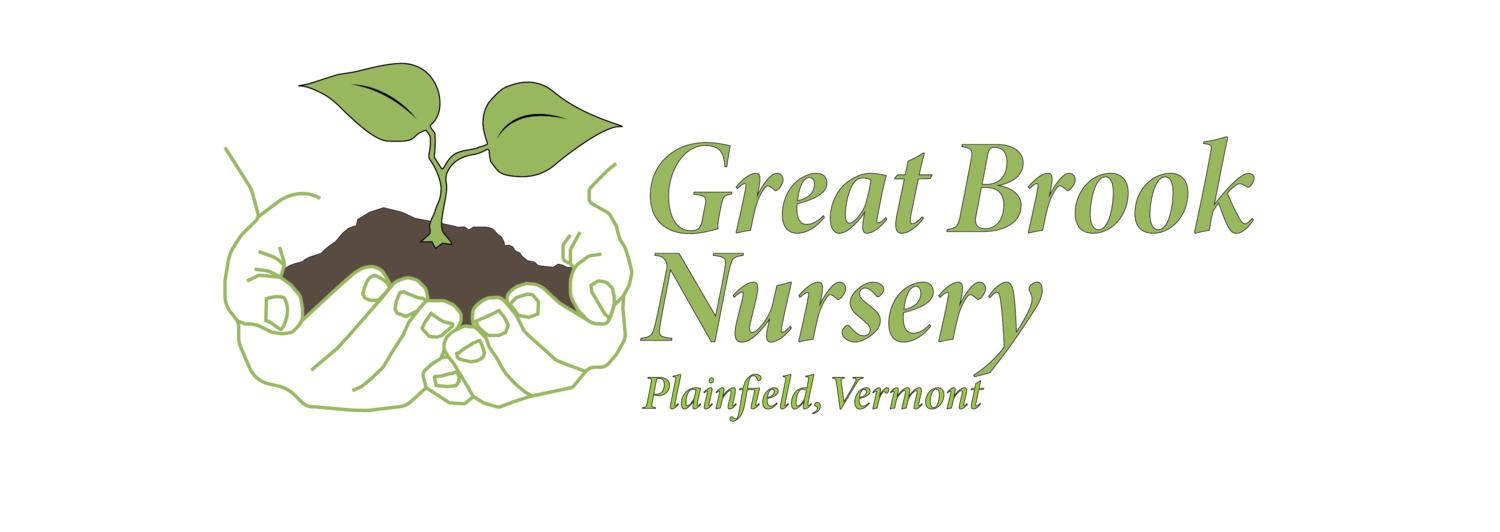Chenopodium bonus-henricus (Amaranthaceae)
Good King Henry is an edible perennial green that is closely related by genus to spinach and quinoa though it has been recently reclassified into the Biltium genus. The early season greens were an important part of the Anglo-Saxon diet and are in fact a pretty tasty alternative to spinach. The plant produces a seed stalk that can lay down a menacing amount of seed, however the high protein seed was used to feed domestic fowl. One of the old names, ‘Fat Hen’, is a reference to one of the uses of the plant. You can cut the seed stalk before the seed is viable to avoid a weedy takeover, or, as they used to do, plant it near the hen house and the chickens will clean up any unwanted seed. A classic permaculture plant with a long history.
Good King Henry is an edible perennial green that is closely related by genus to spinach and quinoa though it has been recently reclassified into the Biltium genus. The early season greens were an important part of the Anglo-Saxon diet and are in fact a pretty tasty alternative to spinach. The plant produces a seed stalk that can lay down a menacing amount of seed, however the high protein seed was used to feed domestic fowl. One of the old names, ‘Fat Hen’, is a reference to one of the uses of the plant. You can cut the seed stalk before the seed is viable to avoid a weedy takeover, or, as they used to do, plant it near the hen house and the chickens will clean up any unwanted seed. A classic permaculture plant with a long history.
Good King Henry is an edible perennial green that is closely related by genus to spinach and quinoa though it has been recently reclassified into the Biltium genus. The early season greens were an important part of the Anglo-Saxon diet and are in fact a pretty tasty alternative to spinach. The plant produces a seed stalk that can lay down a menacing amount of seed, however the high protein seed was used to feed domestic fowl. One of the old names, ‘Fat Hen’, is a reference to one of the uses of the plant. You can cut the seed stalk before the seed is viable to avoid a weedy takeover, or, as they used to do, plant it near the hen house and the chickens will clean up any unwanted seed. A classic permaculture plant with a long history.


